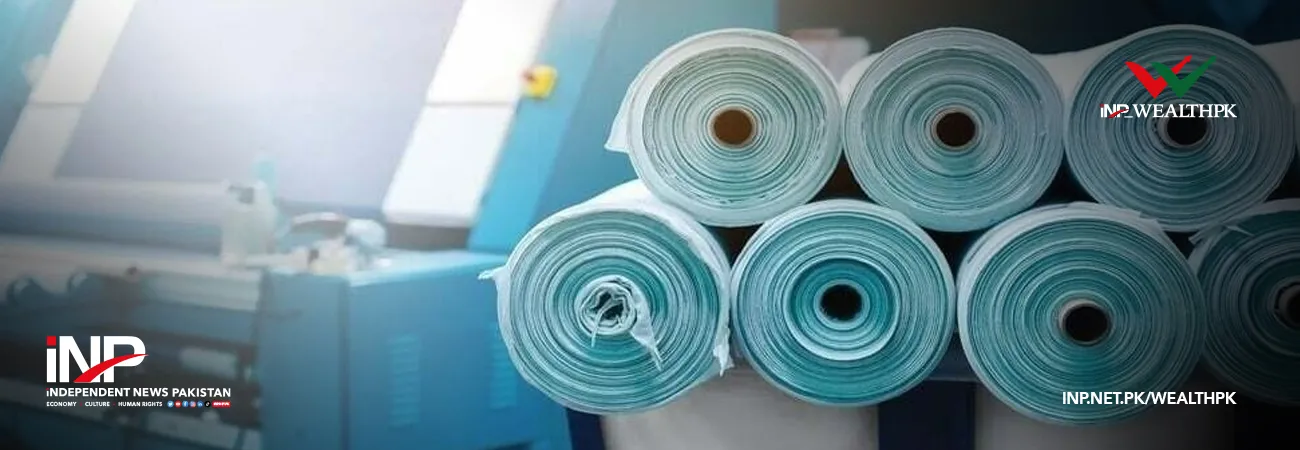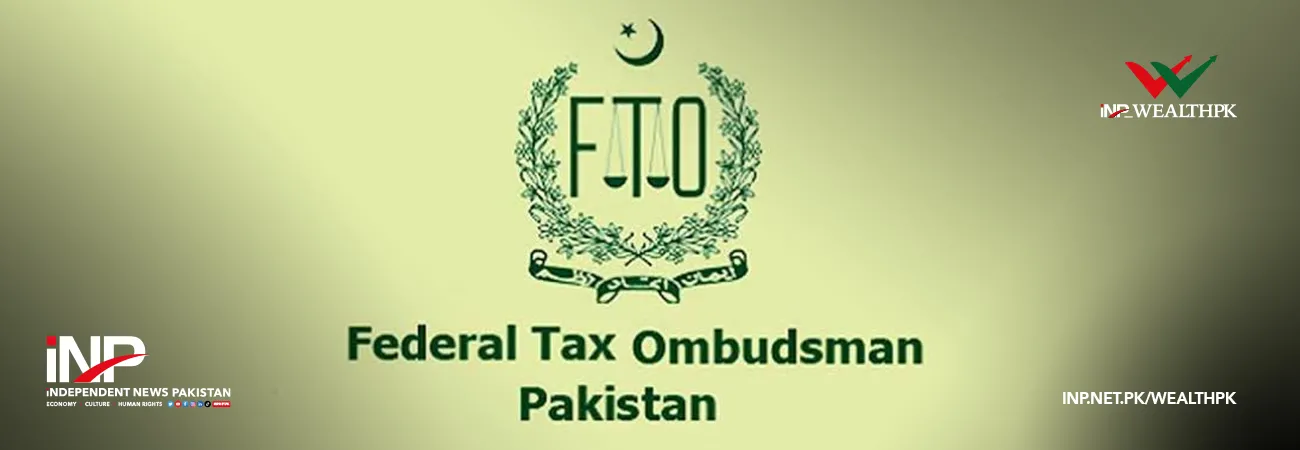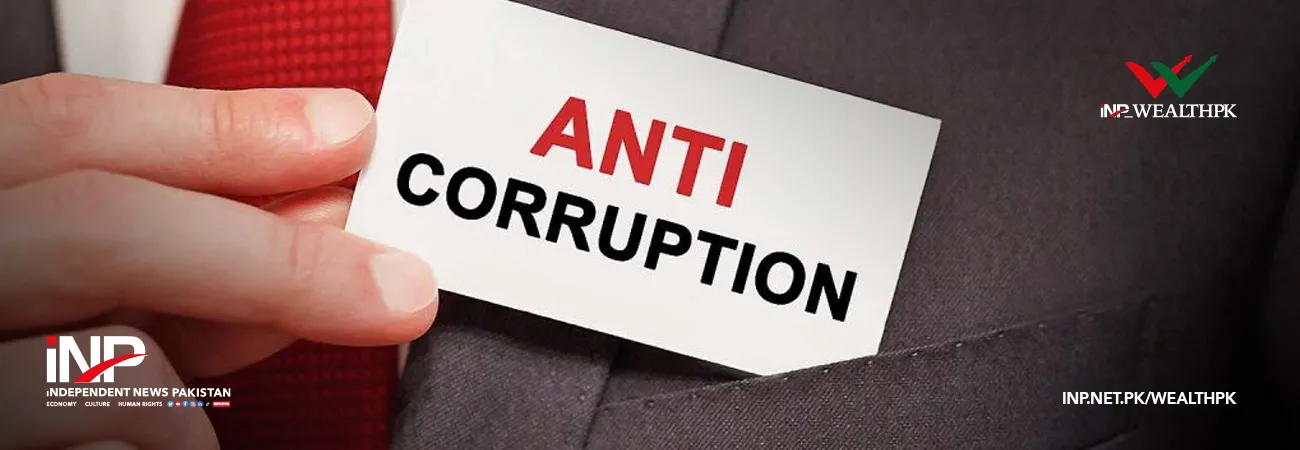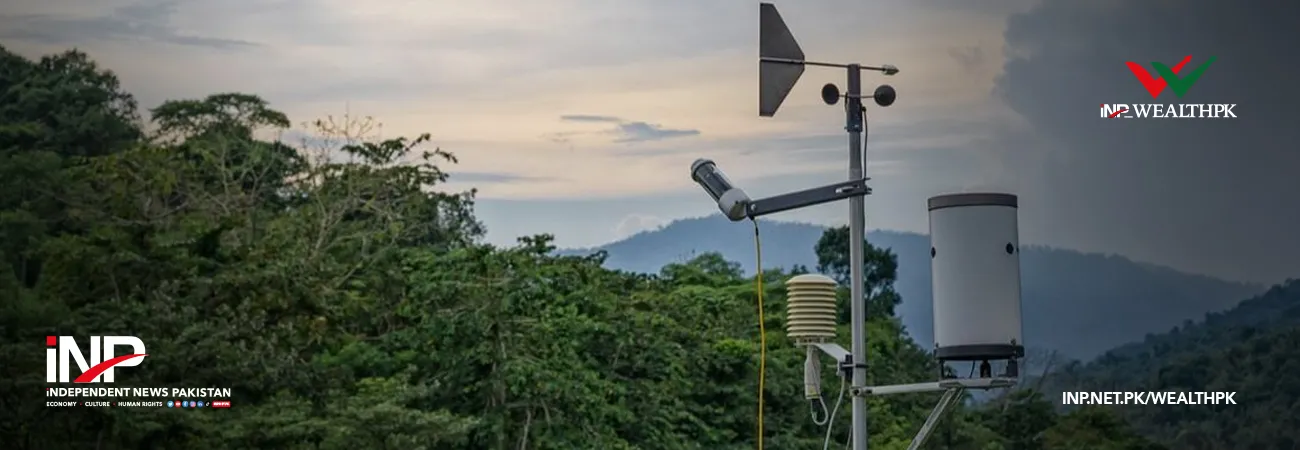INP-WealthPk
Moaaz Manzoor
Textiles and apparel contributed nearly 63% of Pakistan’s total exports in the first quarter of FY26, underscoring the sector’s central role in the economy despite persistent energy and cost pressures. The Pakistan Textile Council’s Pakistan Textile & Apparel Exports Q1FY26 report shows that textile exports climbed to $4.79 billion during the quarter even as overall national exports declined to $7.62 billion.
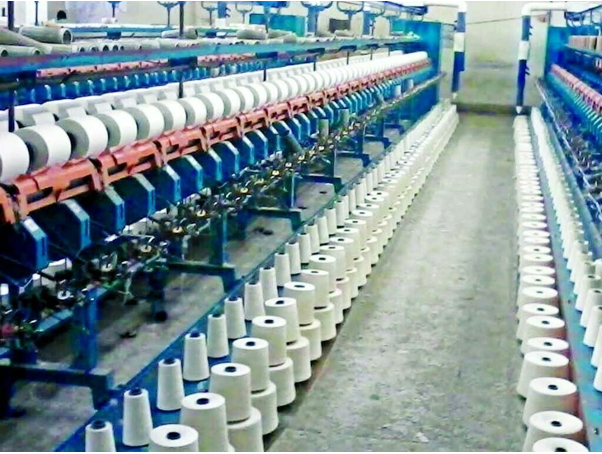
The report highlighted that while global demand fluctuations affected several categories, Pakistan’s textile sector remained comparatively resilient due to recovery in value-added goods. Yet, uncompetitive power tariffs and labor costs continue to erode margins and limit growth potential.
Over the past five years, Pakistan’s Q1 textile exports fluctuated between $4.14 billion and $4.79 billion, reflecting cyclical performance influenced by policy uncertainty and cost volatility. The Council observed that a predictable pricing framework for gas and electricity, benchmarked against Bangladesh and Vietnam, is necessary to restore parity with regional competitors.
The Council further pointed out that wage regulations and overtime costs in Pakistan remain significantly higher than those in key competing countries. These add to exporters’ operational burden and constrain expansion plans. Rationalizing wage structures, ensuring automation incentives, and providing consistent fiscal policies could help offset the disadvantage.
The report recommended immediate steps to align energy and labor policies with regional benchmarks, arguing that a stable environment will help attract long-term investment into manufacturing and reduce export volatility.
The Textile Council concluded that while Pakistan’s textile industry continues to anchor export performance, sustained growth will depend on structural reforms in cost management and policy stability. It called for a unified five-year export strategy backed by transparent monitoring to ensure global competitiveness and steady market expansion.
Credit: INP-WealthPk



